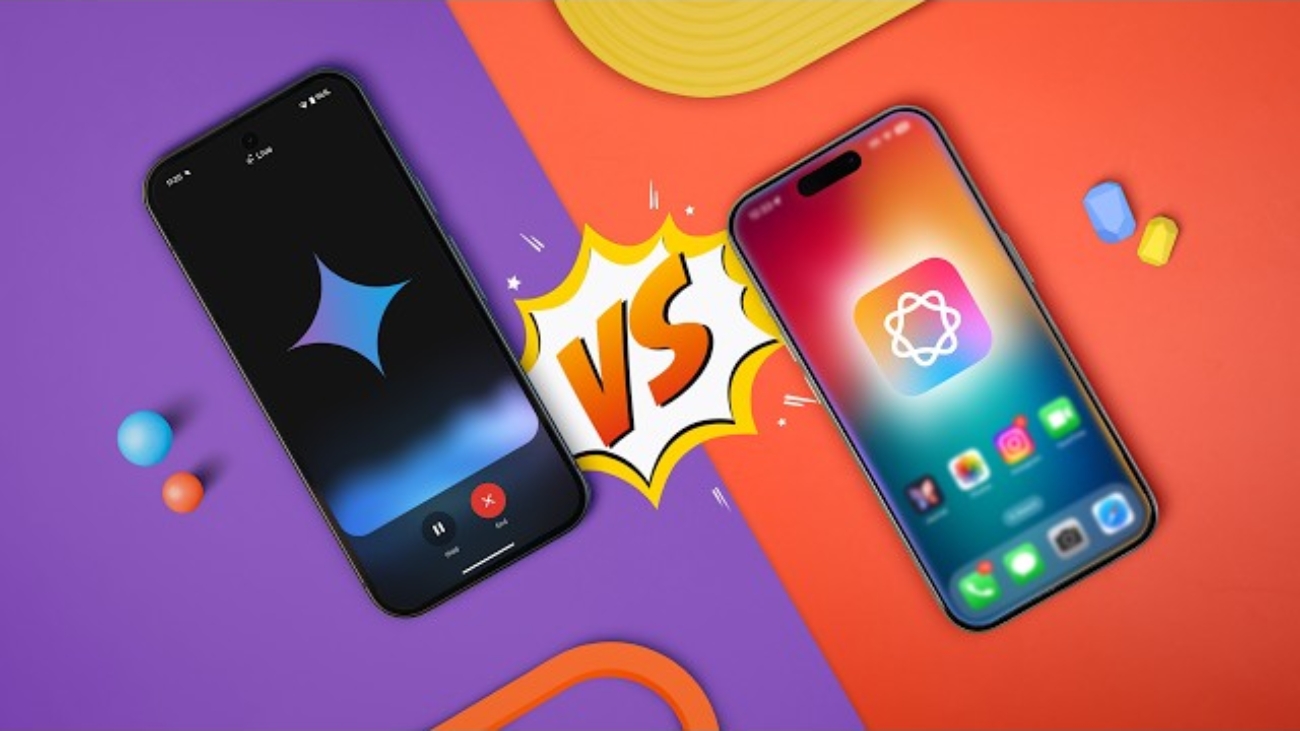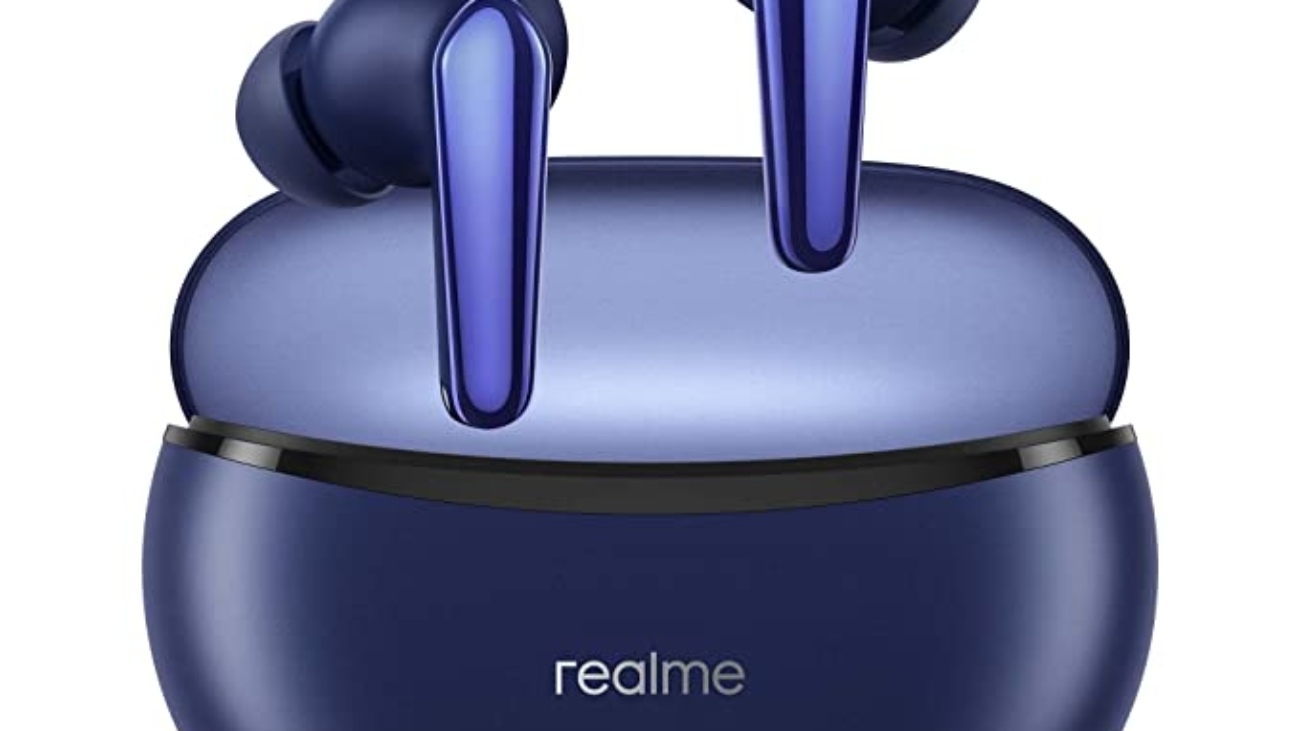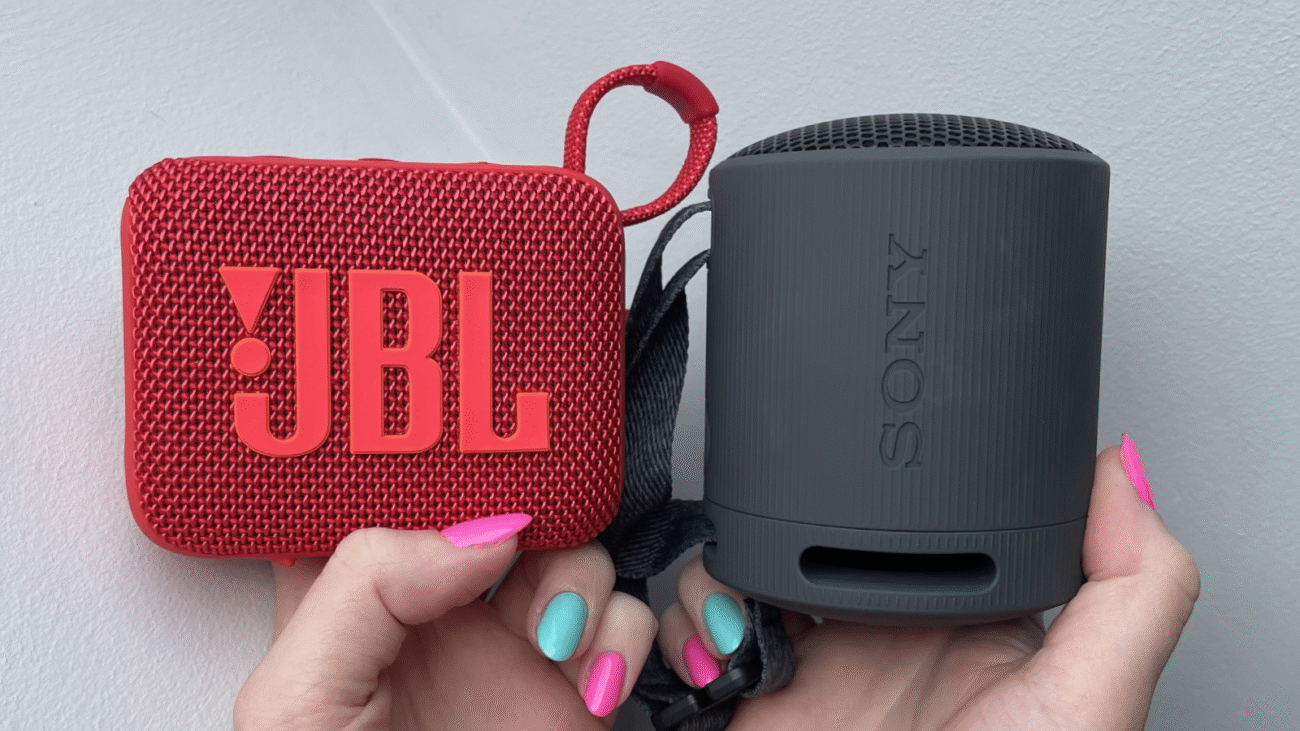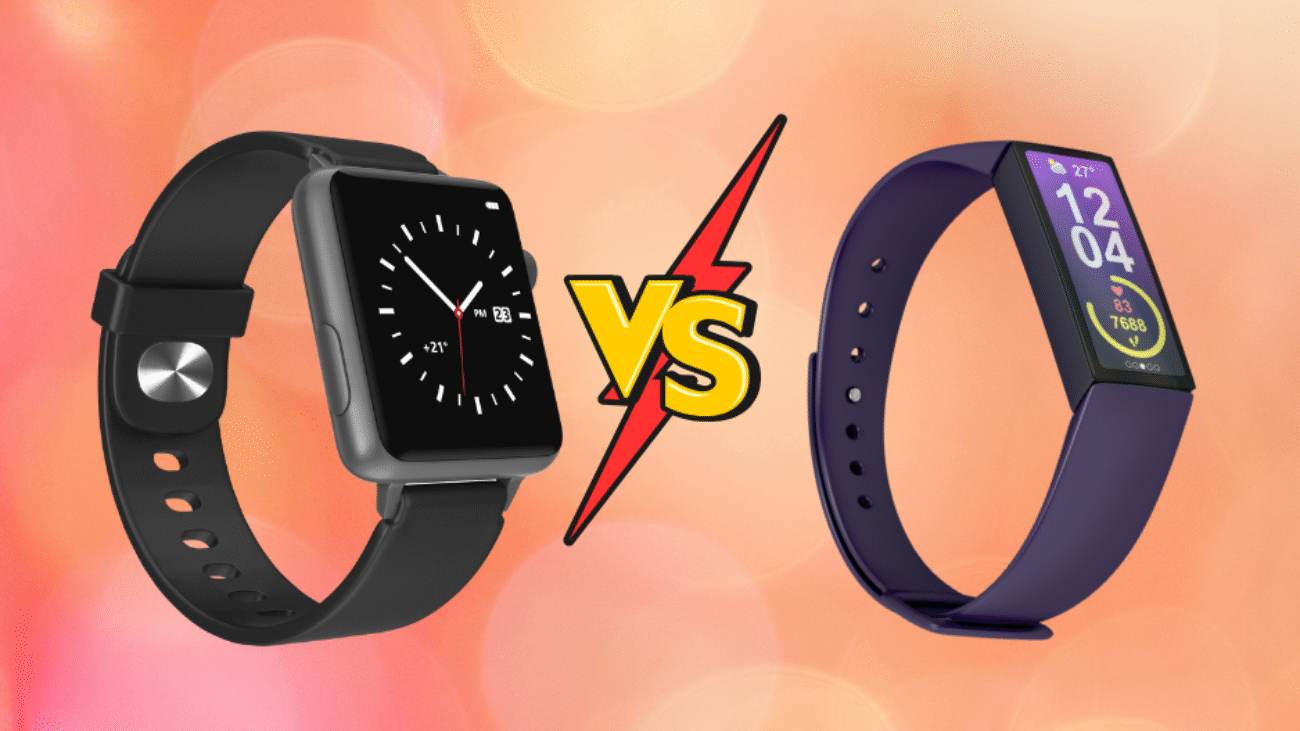In the ever-evolving world of digital marketing, staying ahead of the curve is crucial for businesses aiming to maintain a competitive edge. The future of digital marketing promises exciting innovations, trends, and technologies that will shape the way brands connect with consumers. As we move further into the digital age, it’s clear that the landscape of marketing will continue to change, adapting to new technologies, shifting consumer behavior, and global challenges.
1. The Rise of Artificial Intelligence (AI) and Automation
Artificial Intelligence (AI) has already begun to revolutionize the digital marketing space, and its impact is expected to grow exponentially in the coming years. From chatbots offering real-time customer service to AI-powered tools that can predict consumer behavior, businesses are leveraging this technology to enhance their marketing strategies.
Automation is another key element that will dominate the future of digital marketing. Routine tasks such as content creation, social media scheduling, and email campaigns are being automated to save time and increase efficiency. This allows marketers to focus on high-level strategic decisions while machines take care of repetitive tasks.
2. Hyper-Personalization and Data-Driven Marketing
Personalization has always been a core component of digital marketing, but in the future, it will go beyond just using the customer’s name in an email. With advancements in data analytics, marketers will be able to create hyper-personalized experiences tailored to individual preferences, behaviors, and interactions with a brand.
Using predictive analytics and machine learning, marketers can anticipate customer needs and offer personalized solutions even before the consumer realizes they need it. The more data you have, the better your ability to segment and target your audience effectively. With privacy concerns on the rise, though, marketers will need to find a delicate balance between personalization and respecting customer data privacy.
3. The Dominance of Video Content
Video content has been steadily growing in popularity over the past decade, and that trend shows no signs of slowing down. With the rise of platforms like TikTok, YouTube, and Instagram Reels, short-form video content is rapidly becoming the preferred format for consumers.
The future of digital marketing will likely be dominated by interactive and immersive video experiences. Consumers want more than just static images or simple promotional ads—they want engaging, entertaining, and informative video content that speaks to their needs and interests.
Moreover, technologies like augmented reality (AR) and virtual reality (VR) will open up new avenues for brands to create immersive experiences for their customers, allowing them to visualize products in a virtual environment before making a purchase.
4. Voice Search and Smart Assistants
Voice search is already making waves in the digital marketing world, thanks to the proliferation of smart speakers like Amazon Alexa, Google Assistant, and Apple Siri. Consumers are increasingly using voice commands to search for information, make purchases, and interact with brands.
As voice search continues to evolve, digital marketers will need to optimize their content for voice queries. This means focusing on natural language processing (NLP) and long-tail keywords to ensure that content is discoverable through voice search. Brands that can capitalize on this trend will have a significant advantage in reaching customers in new and innovative ways.
5. Influencer Marketing Evolution
Influencer marketing has seen explosive growth over the last few years, but it’s expected to mature as brands seek more authentic and long-term partnerships with influencers. Rather than focusing on influencer celebrities with millions of followers, businesses are increasingly working with micro-influencers who have smaller but highly engaged audiences.
In the future, the relationship between brands and influencers will be less transactional and more collaborative. Companies will seek influencers who align with their values and vision, creating more authentic content that resonates with their target audience.
Additionally, influencer marketing will expand into new platforms like podcasts, live-streaming, and even gaming, where influencers can create unique and interactive content that captures the attention of their followers.
6. The Growth of Ecommerce and Social Commerce
Ecommerce has been on the rise for several years, but with the COVID-19 pandemic accelerating this trend, the future of shopping is set to be even more digital-first. Consumers are increasingly making purchases directly through social media platforms, making social commerce a crucial aspect of digital marketing strategies.
Platforms like Instagram, Facebook, and TikTok are already integrating shopping features into their platforms, allowing businesses to sell products directly to users without the need for an external website. This seamless integration of ecommerce and social media will continue to grow, and marketers will need to craft strategies that combine engaging content with convenient shopping experiences.
7. Sustainability and Ethical Marketing
As consumers become more environmentally conscious, there is growing pressure on businesses to demonstrate their commitment to sustainability and ethical practices. The future of digital marketing will not only focus on driving sales but also on creating transparency and trust with customers.
Brands will need to showcase their efforts in sustainability, such as using eco-friendly packaging, supporting ethical sourcing, and contributing to social causes. Digital marketing will play a critical role in communicating these values, as consumers increasingly seek out brands that align with their ethical beliefs.
8. The Importance of Privacy and Trust
With growing concerns over data privacy and online security, the future of digital marketing will see a shift towards greater transparency and consumer trust. Marketers will need to be transparent about how they collect and use customer data, ensuring that they are compliant with privacy regulations like GDPR and CCPA.
Consumers are becoming more cautious about sharing personal information online, and businesses that prioritize privacy and trust will be the ones that succeed in the long term. Brands that invest in securing their customer’s data and respect their privacy will build stronger, more loyal relationships with their audience.
Conclusion
The future of digital marketing is bright, full of opportunities and challenges. As technology continues to advance and consumer preferences evolve, digital marketers will need to stay agile and innovative to thrive. By embracing AI, personalization, video content, voice search, and ethical practices, businesses can position themselves for success in an increasingly digital world.
As we move forward, one thing is certain: the digital marketing landscape will continue to evolve, and those who stay ahead of the trends will be the ones to lead the way.
Written by DigitallMayank

 Cart is empty
Cart is empty 






